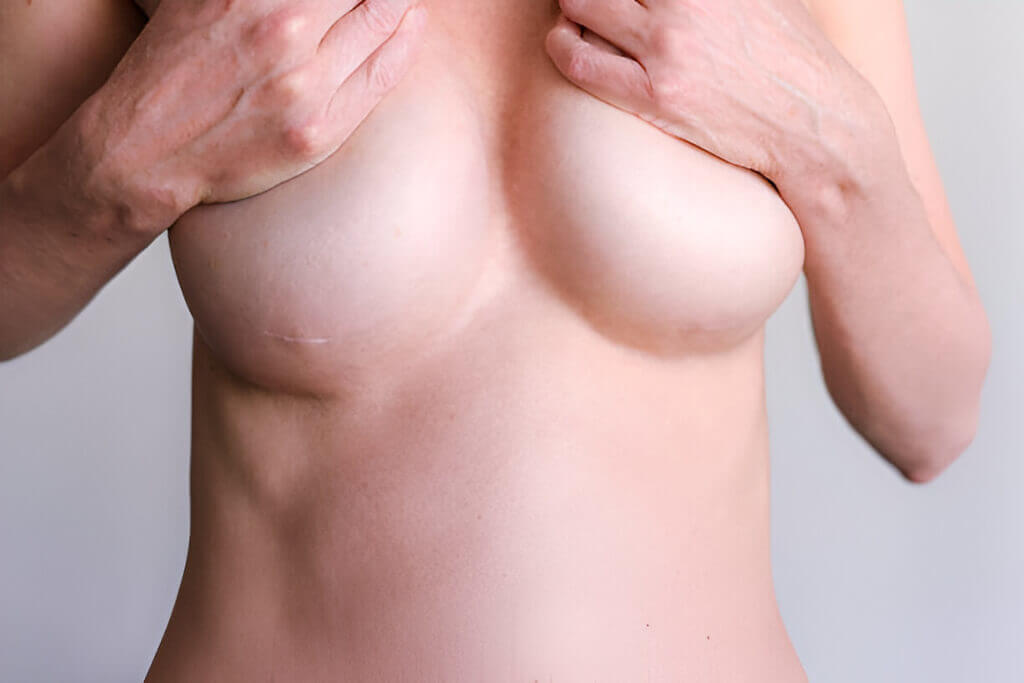
28 Nov
How do scars look after breast surgeries? Evolution and prevention
Every day in consultations, I encounter a common concern: scars from breast surgeries. This concern is understandable. Are they highly visible or hidden? How do they evolve? Will they fade over time or remain permanent? In this article, I address these questions and explain the steps we take in our clinic to minimize and prevent scar complications.
How scars look after breast surgery
Breast augmentation scars
I focus on scars from major breast operations: augmentation, reduction and lifting procedures. All three vary depending on the boarding route that is used. That is, where the incision is made to carry out the intervention.
As for the breast augmentation, there are these possibilities:
-
- Submammary approach. The scar is in the fold under the breast (where it joins the chest), so it is hidden. Even without a bra depending on the shape of the breast.
- Periareolar approach. Around the areola, around the nipple where the skin changes color. It is very little noticeable.
- Axillary approach. The least common, in the armpit under the arm. If the patient rises her arm, it is usually barely noticeable and the advantage is that it is not associated with breast surgery.
Each route has its pros and cons.
In most cases they are 3.5 cm scars at the submammary level. Newer techniques and materials allow for an even smaller size. Example of this is what we have at Cànons Clinics (I’ll tell you later).
On some occasions an alternative is breast lipofilling, which leaves tiny stitches because no prosthesis is used. Fat is extracted from other parts of the patient’s body and introduced into the breast with a microcannula to add volume.
Breast augmentation via the inframammary fold. Before and after 3 months of the intervention. The scar is completely hidden.
Breast reduction scars
The breast reduction is more complex:
-
- The most common is an inverted T scar: periareolar, vertically downward from the areola and horizontally through the inframammary fold. The latter is more or less large, depending on the size of the breast prior to the operation.
- If the reduction is moderate, sometimes submammary can be avoided. If it is small, even the vertical one.
- There are times when a liposuction: excess fat in the breast is removed to reduce its volume. The scars are minimal.
The most common is an inverted T, although the choice of procedure depends on the patient, her anatomy and her individual needs. We value all of this in a first consultation.
Breast reduction with inverted T scar. Result one year after surgery. The vertical line as you see is very finished.
Scars in mastopexy
Similar to reduction ones.
In a mastopexy operation or breast lift they can remain 3 types of scars according to the technique:
-
- Periareolar
- Periareolar + vertical.
- Periareolar + vertical + horizontal in the inframammary fold (inverted T).
Again, whether one or the other is used varies depending on the patient. What degree of fall does it have? What is her breast size? How is her skin laxity? What are your wishes and expectations? With or without implants? Etc.
How scars from breast surgery evolve
How long does it take for them to disappear: are they very visible?
The evolution is similar in augmentations, reductions or mastopexies.
After breast surgery in the first weeks the scar is redder and more swollen. It is just normal, the wound is still recent. Blood vessels are forming to irrigate the area and repair it as soon as possible.
As it heals it fades. After 6 months the improvement is noticeable and around after a year it is usually almost visible.
If conditions are appropriate (surgical technique, care, good disposition…), the result is a fine line of similar skin tone. Very subtle even if it is an inverted T.
Evolution is unpredictable.
Each person has his own capacity to heal. The time it takes and the final appearance may vary even if the best plastic surgeon operates on you, the procedure is exquisite and you follow all the care to the letter.
Scar of a submammary breast augmentation patient. Only 3 cm right where the breast joins the thorax. Very discreet. Result after 3 months.
Can scars be “complicated” in any way?
It’s unlikely, but yes.
Two types of abnormal scars can form after breast surgery:
-
- Hypertrophic. They are limited to the wound area and tend to disappear.
- Keloids. They extend beyond the incision and rarely go away.The always need treatment
Both are due to a continuous inflammatory phase and an excessive accumulation of collagen in the dermis. The scar tissue thickens, rises and can take on a very marked color.
The result generates great dissatisfaction, especially if it is a keloid.
A third possibility, less common if possible, is the atrophic. They have a sunken appearance. They form because not enough collagen is created during healing.
With current advances in breast surgery, if you put yourself in good hands, follow the care and you are not predisposed, all these scars are rare. More if you take into account preventive measures like the ones I detail later.
9 factors that worsen the healing of the operated breast
There are multiple factors that influence the evolution of scars after breast surgery.
Some of the most important are:
-
- Improper surgical technique. An incorrect choice, execution or design of mammoplasty can involve infections and damage that alter the healing.
- Sun exposure. Sun rays cause hyperpigmentation of scar tissue. That is, it takes on a tone that is too brown or darkened.
- Intense exercise ahead of time. Certain efforts and movements can cause tension in the wound (it stretches) and therefore heal poorly.
- Tobacco. Smoking has very negative effects on circulation and destroys collagen. It affects the healing of the wound and the scar is worse. Especially in larger operations such as a breast reduction.
- Bad diet. For example, poor protein status reduces the synthesis of proteoglycans and collagen decreases the creation of blood vessels to irrigate the wound.
- Age. Over the years the healing process becomes slower and ineffective for several reasons. Among others, because we lose collagen in quantity and quality.
- Genetic predisposition. People with a family history of poor healing or genetic diseases, tend to heal worse .
- Hormones. Studies have seen, for example, that hypertrophic scars and keloids worsen during pregnancy and improve after childbirth.
- Clinical condition. Dermatological problems, certain pathologies or medications can make healing difficult.
As you see, there are factors that depend on what you do as a patient (smoking, diet, sun…). In consultation we insist a lot: you have to be strict with care. Involvement is crucial in the evolution of scars after breast surgery.
The importance of preventing visible scars
There are treatments to improve scars, but…
First, it is difficult to reverse them. The skin is not able to regenerate completely. In the case of keloids, for example, the response to the existing therapeutic options is usually not very good.
Second, the psychological impact is enormous. After breast surgery and months after surgery, you want to look and feel great, not suffer from an unsatisfactory result or deal with more procedures.
Therefore the focus should be on prevention.
In preventing those unsightly, hypertrophic or keloid scars. And since there are aspects that cannot be controlled (genes, age…), We must focus on the factors on which we can act.
How we minimize scars in breast surgeries
Let’s be honest: 100% invisible scars cannot be guaranteed.
Within this reality, at Cànons Clinics we are very aware of how important it is to achieve optimal results after a mammoplasty surgeries. Our obsession is that they remain as discreet in the shortest time possible.
That is why we apply a 360 boarding in 3 phases: pre, intra and postoperative.
1. Preoperative
A good scar is worked on long before the operating room.
We indicate the following:
-
- Do not smoke at least 4 weeks before the operation. As explained in a previous section, tobacco has a series of harmful effects that affect healing. In addition, the risk of serious complications increases.
- Pure argan oil (Kapunka program). Nourishes, hydrates, improves skin elasticity and restores barrier function. We teach patients how to use it to prepare the skin on the chest so that it responds better to surgery.
- Oral supplementation with collagen. Collagen is the basic protein that the body produces to repair and form healthy and resistant scar tissue. We recommend a specific product that has demonstrated results.
-
- Nutritional advice. Diet affects more than is usually believed. At Cànons Clinics we provide personalized advice both pre- and post-operatively.
2. Intraoperative
What do we do in each breast operation?
-
- Refined technique, following the most current recommendations of scientific medical societies. We make the incisions strategically to minimize their visibility later.
- Transparent and intradermal sutures. They are invisible and do not have to be removed, they are reabsorbed on their own. They leave a thinner scar.
- Motiva ergonomic implants. They are filled with a special gel that allows them to be inserted with a minimum incision of 2-3 cm. If you are interested, in a previous article I explained my opinion of Motiva prostheses.
-
- Urgotouch Laser. Very innovative technology that improves healing from the beginning. It is applied just after the sutures, even with anesthesia (it does not hurt), so that the scar is more uniform and hidden (How does Urgotouch work?).
Of course, we have a top-notch team and highly trained professionals to maximize patient safety. For my part, I have more than 20 years of experience as a plastic and aesthetic surgeon performing breast surgeries.
If it catches your attention, you can read about our outpatient operating room. Here we do many of the interventions with wonderful results.
3. Postoperative
The later period to the chest operation it is decisive:
-
- Essential care: do not smoke until about 6 weeks later, protect the scar from the sun for 1 year, do not make sudden movements that stretch it, follow the recommended diet and resume regular exercise according to the guideline.
- Comprehensive medical follow-up. We monitor healing to act as soon as possible if it is not adequate. The earlier we act, the better this negative dynamic is reversed.
- Pure argan oil (Kapunka). We take advantage again of its moisturizing and restorative properties so that the skin of the breast heals better. We apply it in the clinic and prescribe its use at home.
- Topical silicone in medical grade. We use stick or sheet gels (we adapt according to each moment) that help prevent abnormal scars.
- Preventive treatments. If healing is not going well, we suggest Genesis laser (induces collagen renewal) or infiltration of polyribonucleotides (they stimulate the repair and re-epithelialization processes of the skin).
What if the scar is too light? We propose a micropigmentation, a technique in which with specific pigments we adjust its color so that it camouflages. Very effective, for example, in the periareolar areas. They look very natural.
Breast augmentation via periareolar route 3 months after the operation. Despite not being the definitive result, a great improvement can already be seen.
Do you want us to evaluate your case?
In recent years we have observed at Cànons Clinics a clear improvement in scars after chest surgery. Especially for Urgotouch and the program Gate.
If you are considering breast surgery, visit us and we will talk about your case. I will resolve your doubts in our clinic in Barcelona or in Granollers.
You can contact us through the form which you access in the button below. You can also call us or write to us on WhatsApp at 683 27 07 09.
Request quotes and information
References
If you would like to investigate further…
-
- Ogawa R.The Most Current Algorithms for the Treatment and Prevention of Hypertrophic Scars and Keloids: A 2020 Update of the Algorithms Published 10 Years Ago. Plast Reconstr Surg. 2022; 149(1):79e-94e. Fountain.
- González N, Goldberg DJ. Update on the Treatment of Scars. J Drugs Dermatol. 2019 Jun 1;18(6):550-555. Fountain.
- Adams WP Jr, Mallucci P. Breast augmentation. Plast Reconstr Surg. 2012 Oct;130(4):597e-611e. Fountain.
- Greco R, Noone B. Evidence-Based Medicine: Reduction Mammaplasty. Plast Reconstr Surg. 2017 Jan;139(1):230e-239e. Fountain.
- Pferdehirt R, Nahabedian MY. Finesse in Mastopexy and Augmentation Mastopexy. Plast Reconstr Surg. 2021 Sep 1;148(3):451e-461e. Fountain.
- Gantwerker EA, Hom DB. Skin: histology and physiology of wound healing. Facial Plast Surg Clin North Am. 2011 Aug;19(3):441-53. Fountain.
- Seraph A, Chegdani F, Bennis F, Kepinska M. The Importance of Argan Oil in Medicine and Cosmetology. Nutrients. 2024 Oct 21;16(20):3573. Fountain.
Dr. Víctor Hernàndez Machado. Medical Director of Cànons Clinics
Plastic surgeon specializing in facial surgery and body contouring, with experience in the private sector since 2001. I advocate for honest aesthetic surgery and medicine in which results improve, not change.
Registered doctor in Barcelona number 30493, member of the SECPRE and general secretary of the Spanish Society of Surgical Medical Lasers (SELMQ).

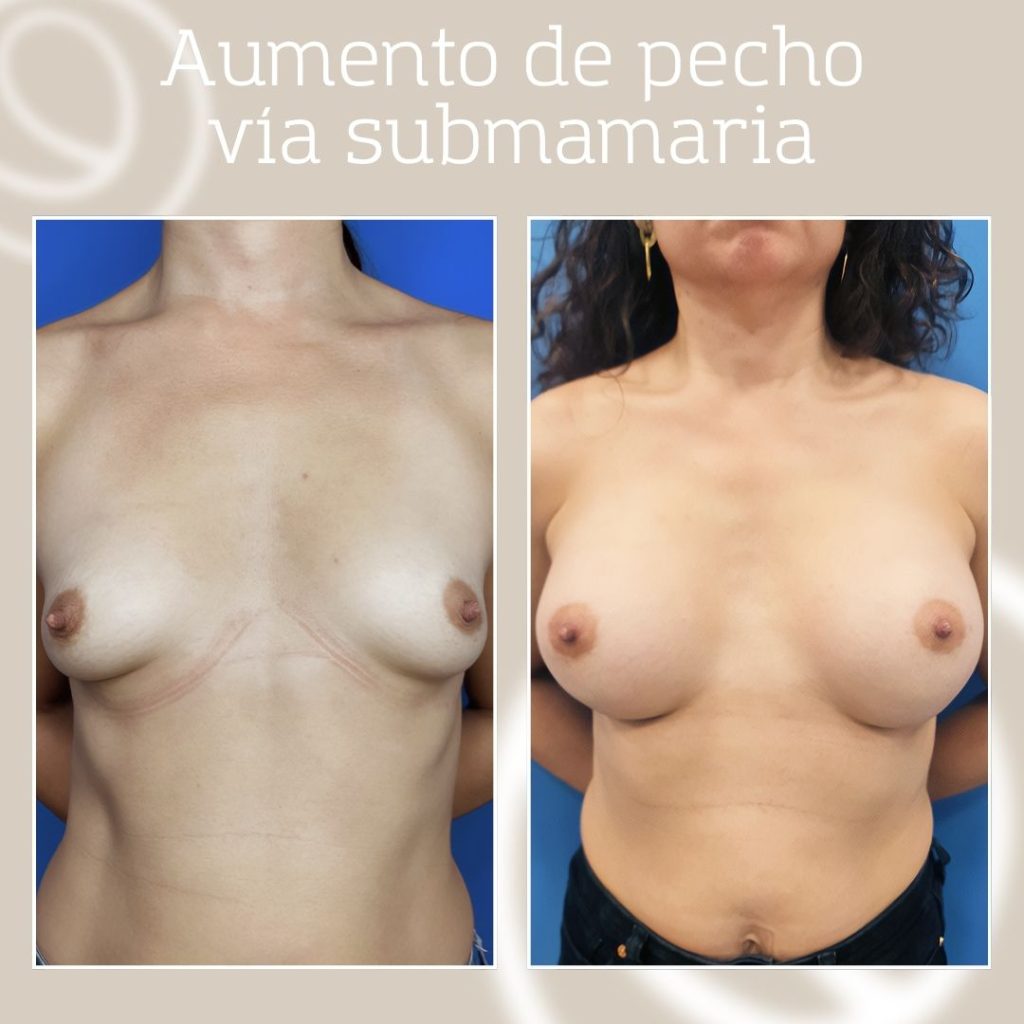
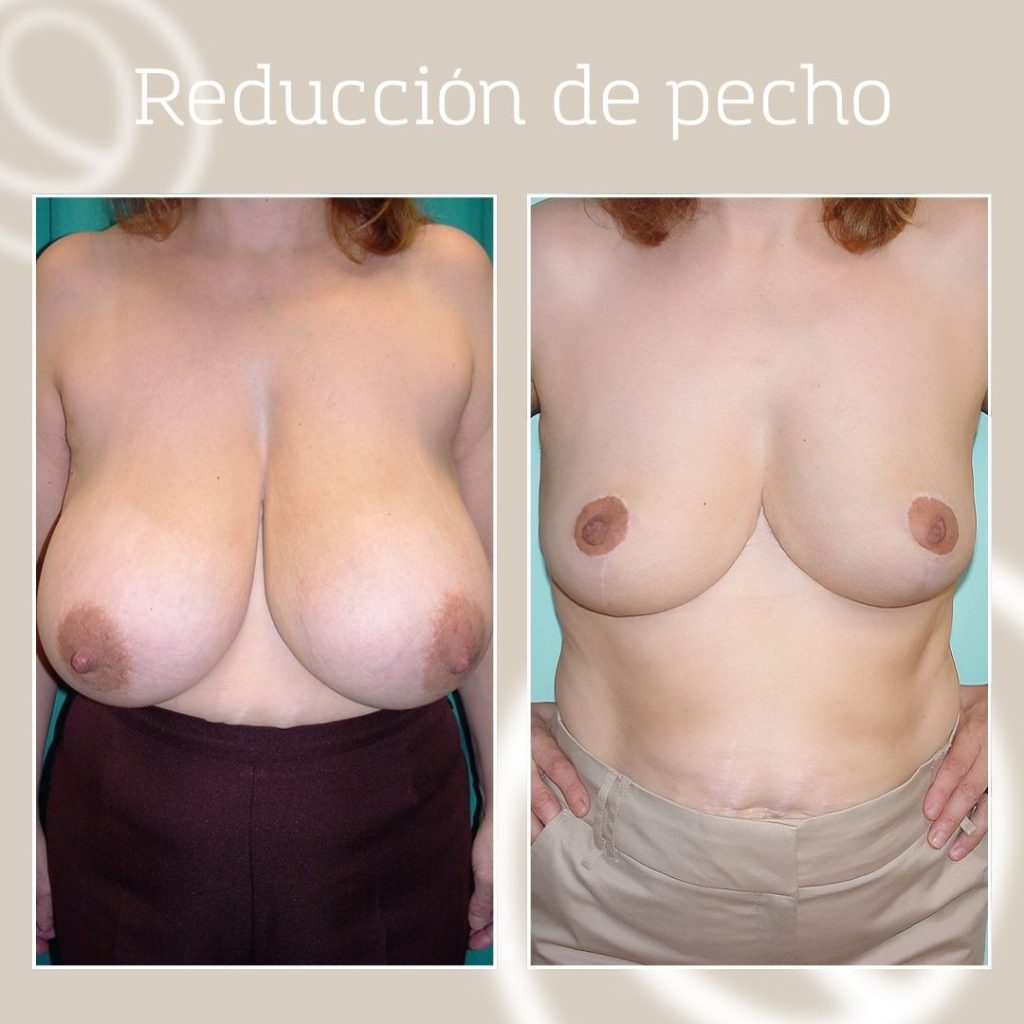
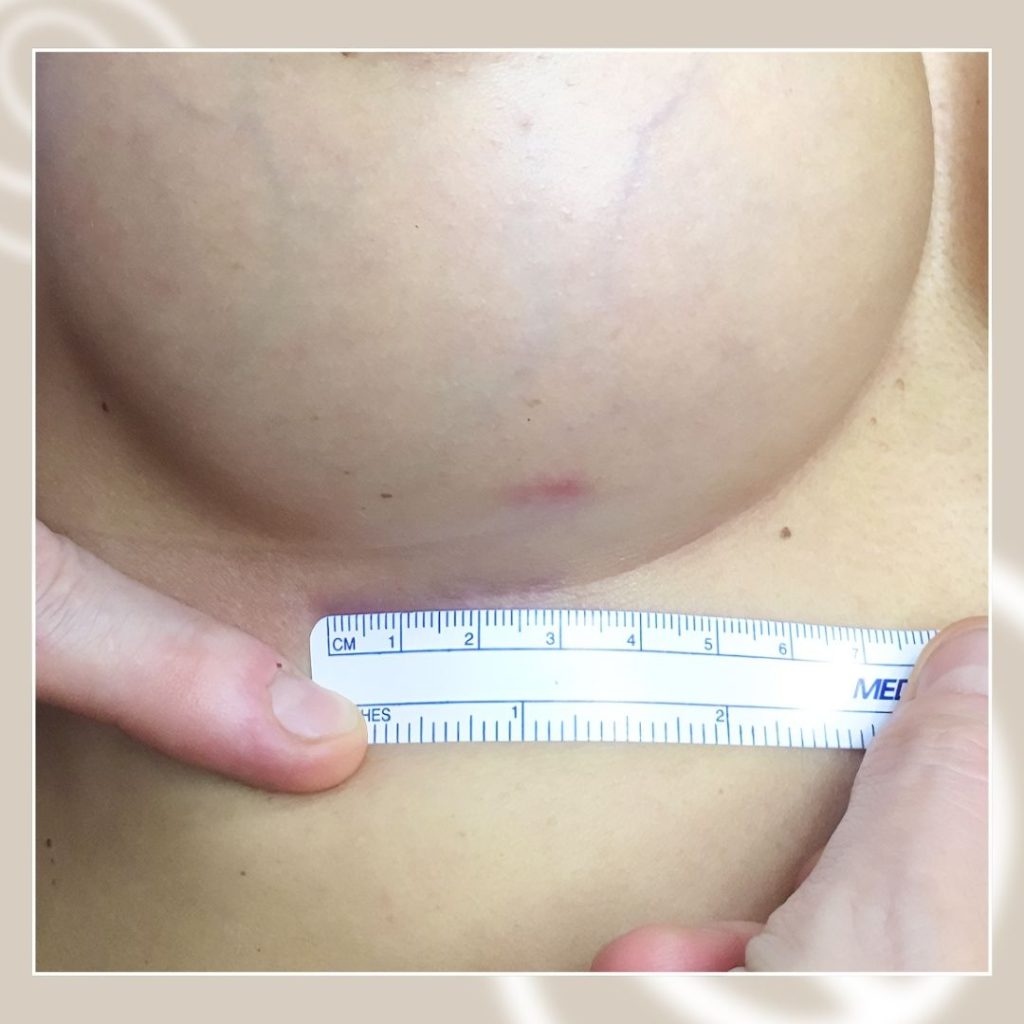
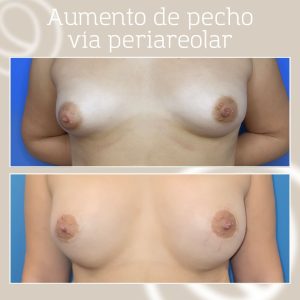
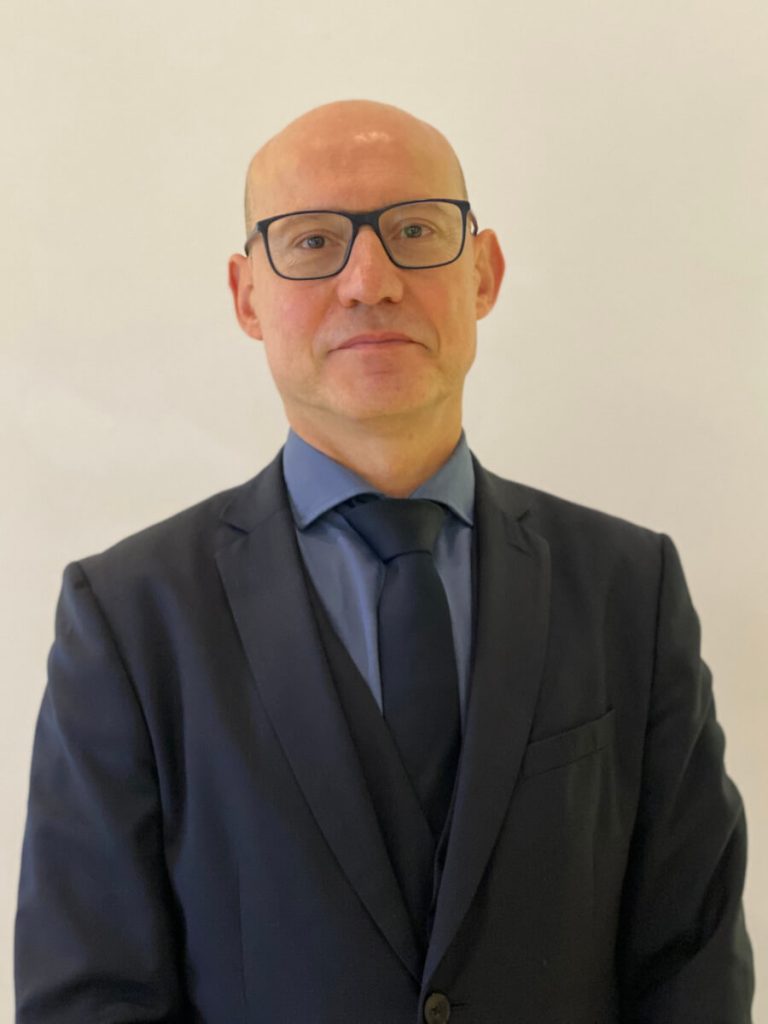
Sorry, the comment form is closed at this time.